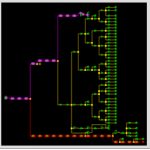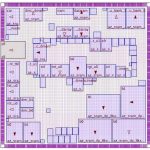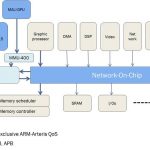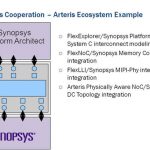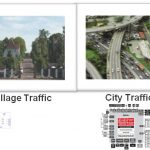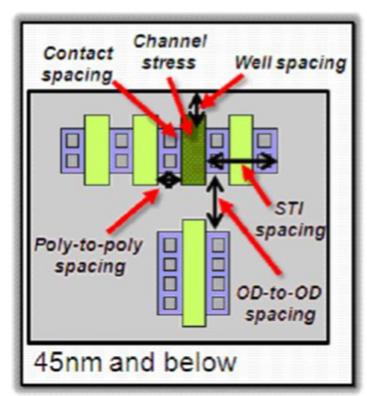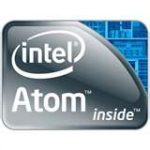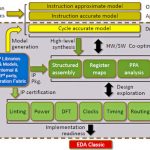You are currently viewing SemiWiki as a guest which gives you limited access to the site. To view blog comments and experience other SemiWiki features you must be a registered member. Registration is fast, simple, and absolutely free so please,
join our community today!
There’s this EDA company. They have over 100 tapeouts. They have a $28M in funding. They have 250 people. And you’ve never heard of them. Or at least I hadn’t.
They are ICScape. They started in 2005 with an investment from Acorn Campus Ventures and delivered their first product, ClockExplorer, in 2007 and their… Read More
Conquering the Big Data Challengesby Beth Martin on 04-02-2012 at 4:38 pmCategories: EDA, Siemens EDA
Extrapolating the trends from last 20 years to the next ten suggests that we will be implementing a trillion transistors or more by 2020. At 20nm, with the chip sizes touching billions of transistors, the age old problem of how to implement a design in the most efficient manner remains unanswered. … Read More
Designing larger than ever SoC, integrating multiple ARM’s Cortex-A15 and Cortex-A9 microprocessor cores as well as complexes IP functions like HDMI controller, DDR3 Memory controller, Ethernet, SATA or PCI Express controller are pushing designers to search for better price, performance and area tradeoffs and the SoC interconnect… Read More
SemiWiki would like to call you, your co-workers, and your company to participate at ERSA Conference in Las Vegas , July 16-19, 2012. I will be there and it would be a pleasure to work with you on this very important event!
ERSA, is Engineering of Reconfigurable Systems and Algorithms. Since this year, the emphasis will be on the commercial… Read More
Once again with Synopsys and Arteris, the innovation is coming to solve an issue, faced by their potential customers: “In our research, we’ve found that almost half of project delays are caused by problems with the system architecture design and specification,” said Chris Rommel, vice president, embedded… Read More
The need for Network-on-Chip (NoC) has appeared at the time where chip makers realized that they could really integrate a complete system on a single die to build a System-on-Chip (SoC). I was in charge of the development of a large IC, integrating different type of functions (Analog and Digital) to support advanced TV application.… Read More
Analog has always been difficult, a bit of a black art persuading a digital process to create well-behaved analog circuits, capacitors, resistors and all the rest. In the distant past, we would solve this by putting the analog on a separate chip, often in a non-leading-edge process. But modern SoCs integrate large amounts of digital… Read More
Sorry to disappoint but my 2 hours at the Intel RNB was a very positive experience. It is much more fun writing negative things about industry leaders because I enjoy the resulting hate mail and personal attacks, but the candor and transparency of the Intel guys won me over. They even asked ME questions which was a bit telling. I also… Read More
SOC Realizationby Paul McLellan on 06-27-2011 at 5:28 pmCategories: EDA
There are some very interesting comments to the last entry on SoC Realization and how more and more chips are actually assembled out of IP. There was clearly a lot of discussion in this area at DAC, although most people (Atrenta being an exception) don’t use the term SoC Realization, presumably because it was originated by … Read More
FPGA-based prototype boards are a fast, cost-effective platform for SoC system validation but they are notoriously difficult to set up and to debug. There is a big upside, however, allowing early software integration and testing and thus finding bugs in both the software and the SoC earlier. This approach is much cheaper than … Read More


